Nestled amidst the lush Aravalli range of Rajasthan, Mount Abu Wildlife Sanctuary is among the richest biodiversity dens of the state. Spreading over 288 square kilometres, this sanctuary shelters many species of animals, birds, and plants. It serves as an ideal spot for nature lovers and enthusiasts of wildlife. Mount Abu Wildlife Sanctuary provides its visitors with nature’s tranquillity, verdant greenery, and topography of a special character. The place provides various activities for trekking, birdwatching, and spotting wild animals. The sanctuary also has historical importance, housing many species of indigenous flora and fauna within the region.
Location
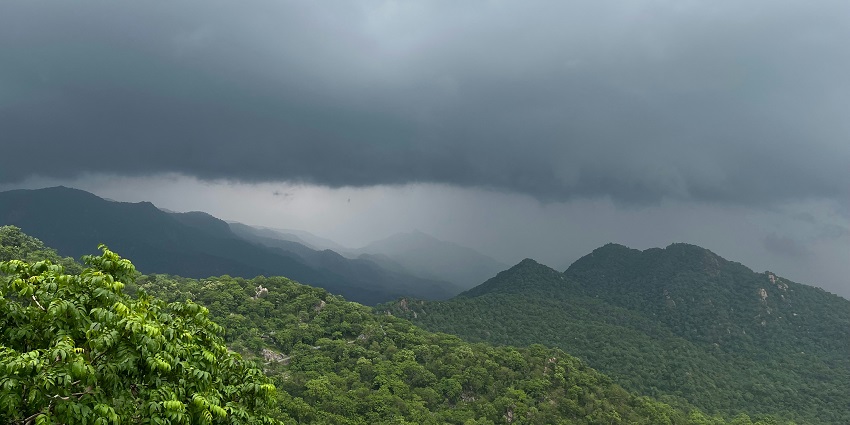
Photo: Hemant Jangid / Unsplash
The Mount Abu Wildlife Sanctuary location lies in the Sirohi district of Rajasthan amidst the Aravalli mountain range. It extends in longitudinal and latitudinal directions in the entire Mt Abu, an independent hill resort that stands like an oasis in northwest Rajasthan. The Ecological variation in the sanctuary ranges from subtropical evergreen to open grasslands. The landscape features rocky hills, lush valleys, and dense forests, a perfect habitat for varied wildlife. Its proximity to Mount Abu town allows most tourists visiting this famous hill station to stop for the natural experience.
Suggested Read: Places To Visit Near Mount Abu
How To Reach Mount Abu Wildlife Sanctuary

Photo: John McArthur / Unsplash / Image For Representation Only
By Air: The closest airport to Mount Abu Wildlife Sanctuary is the Maharana Pratap Airport, Udaipur, which is 185 km from here. The airport has taxi and bus facilities to ensure the journey to Mount Abu.
By Train: The nearest railway station is Abu Road Railway Station, located 27 km away from Mount Abu. You can hire a taxi or catch a local bus to the sanctuary.
By Road: Mount Abu is well connected to nearby cities like Udaipur and Ahmedabad. Regular state-run buses and private taxis ply between key cities of Rajasthan and Gujarat to arrive at the sanctuary with much comfort.
Places To Visit Around Mount Abu Wildlife Sanctuary
There are many historic places to visit near Mount Abu Wildlife Sanctuary for a culturally rich and immersive experience on your trip. Let’s explore them one by one.
1. Nakki Lake
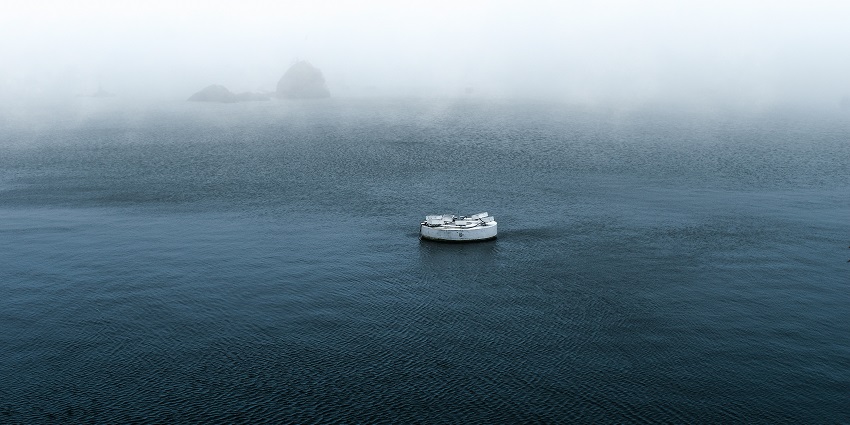
Photo: Vandan Patel / Unsplash
Nestled between the natural beauties and serenity that lie around is the Mount Abu Wildlife Sanctuary. The Nakki Lake is an artificial lake set amidst green hills and presents a tranquil retreat for visitors to escape their mundane lives. As the name goes, it has been derived from the local legend with the meaning of digging by the gods with their fingernails (nakh). Nestled within hills and gardens, this lake is perfect for workable walking and a boat ride. During the evening, the lake’s magical sight is the setting sun reflected on its silent surface.
Timings: 9:30 AM – 6 PM
Entry Fee: Free; boat rides cost between ₹50 – ₹200 per person
Suggested Read: Famous Lakes In Rajasthan
2. Dilwara Temples
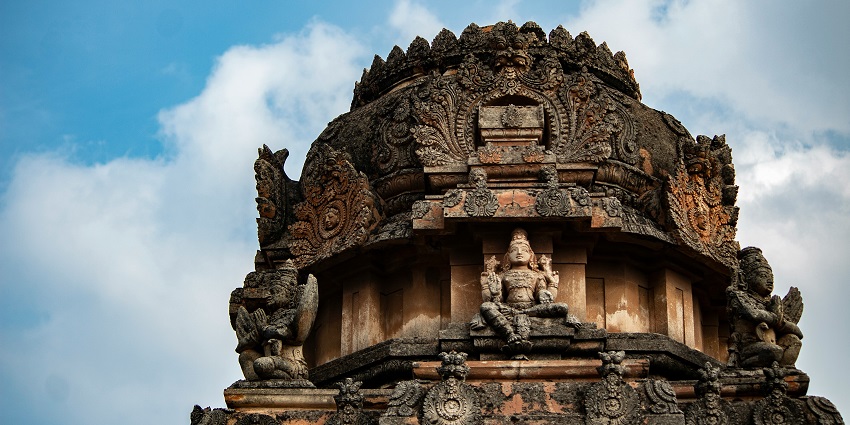
Photo: Sameer SM / Unsplash / Image For Representation Only
Very close to the Mount Abu Wildlife Sanctuary, Dilwara Temples represent one of India’s best pieces of Jain architecture. Several temples were built from the 11th to the 13th century AD. Indeed, a quest for heaven on earth, these temples are popular for their outstanding marble carvings on every wall, pillar, and ceiling. The temples have been dedicated to different Jain Tirthankaras, each with its own design and architecture. These temples depict some of the finest craftsmanship in the world, especially on the ceilings and at the doorways.
Timings: 12 PM – 5 PM
Entry Fee: Free
3. Guru Shikhar

Photo: Chirag Singhvi / Unsplash
Guru Shikhar, the highest peak among the chains of Aravalli, enjoys panoramic views of the Mount Abu region. This peak is about 15 km from Mount Abu town and is a popular destination for trekking at an altitude of 1,722 metres above sea level. The Temple is at the summit, dedicated to Lord Dattatreya, the incarnation of Hindu Gods Brahma, Vishnu, and Shiva. The trek up Guru Shikhar is moderately difficult but worth the effort as the view from the top is breathtaking.
Timings: 8 AM – 6 PM
Entry Fee: Free
Suggested Read: Places To Visit In Mount Abu For A Scenic Getaway
4. Achalgarh Fort
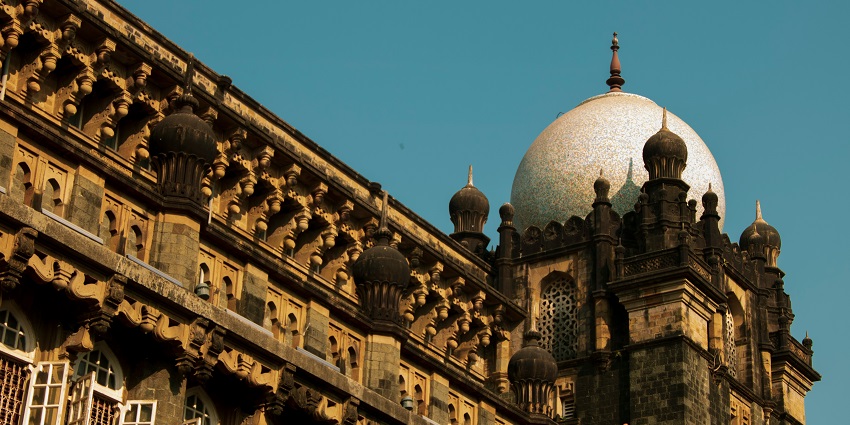
Photo: Saksham Thole / Unsplash / Image For Representation Only
About 8 kilometres from Mount Abu, Achalgarh Fort originated in the 14th century. The fort was built by Rana Kumbha to guard against invasions. Achalgarh Fort is also famous for its tall walls, huge gates, and Achaleshwar Mahadev Temple, devoted to Lord Shiva. Tourists can see the ruins of the fort, which show the ranges of Rajasthan’s enriched history. The fort also provides breathtaking scenery around the hills and valleys, making it a very apt point for photography. Achalgarh Fort is a place to visit for history lovers and people who are fond of Rajasthan’s architectural heritage.
Timings: 9 AM – 6 PM
Entry Fee: Free
5. Trevor’s Tank
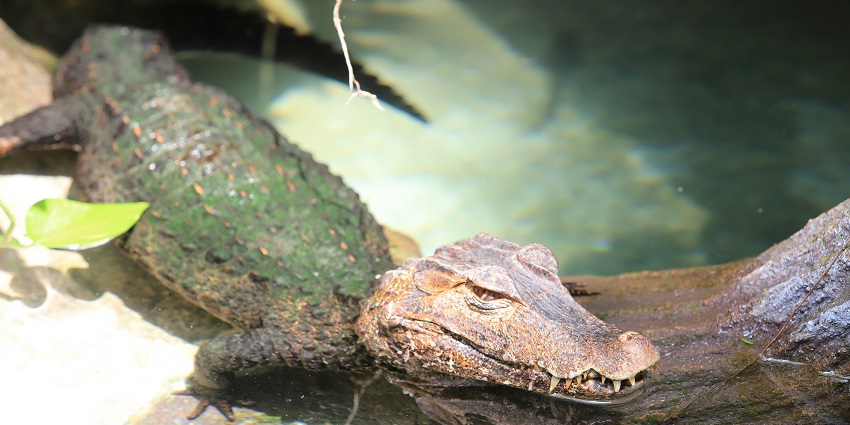
Photo: Aldrin Rachman Pradana / Unsplash / Image For Representation Only
One artificial Trevor’s Tank is about 5 km from Mount Abu Wildlife Sanctuary. This was built by British engineer Trevor to breed crocodiles, thus giving it uniqueness in this region. It is now more used for being an excellent picnic spot and a haven for birdwatchers and nature lovers. The dense foliage around the tank is a habitat for several species of birds, and one can normally see a few crocodiles basking in the sun, lying by the water. Trevor’s Tank is especially good for photography and observation of wild animals, and it offers visitors an escape into tranquil nature.
Timings: 8 AM – 5:30 PM
Entry Fee: ₹50 for Indian tourists, ₹100 for foreign nationals
Suggested Read: Explore The Top Wildlife Sanctuaries In Rajasthan For A Wild Adventure
6. Bailey’s Walk
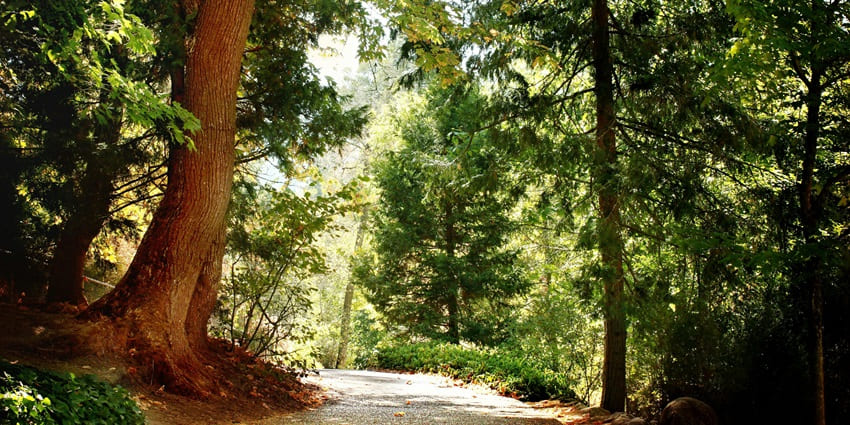
Photo: Sharefaith / Pexels / Image For Representation Only
Rajasthan’s only hill station offers more than just history, culture and wildlife. If you’re up for some adventure, then visit Bailey’s Walk. It’s a popular hiking trail, set amidst lush jungles, and connects Nakki Lake to Sunset Point. With a 2 km distance in one way, it offers a perfect opportunity for nature lovers to enjoy hiking in nature. You may require a forest guide for better navigation, as there are chances to discover wildlife such as leopards, sloth bears, etc., which ultimately adds to the thrill.
Timings: Usually open in daylight hours
Entry Fee: Free
7. Gaumukh Temple
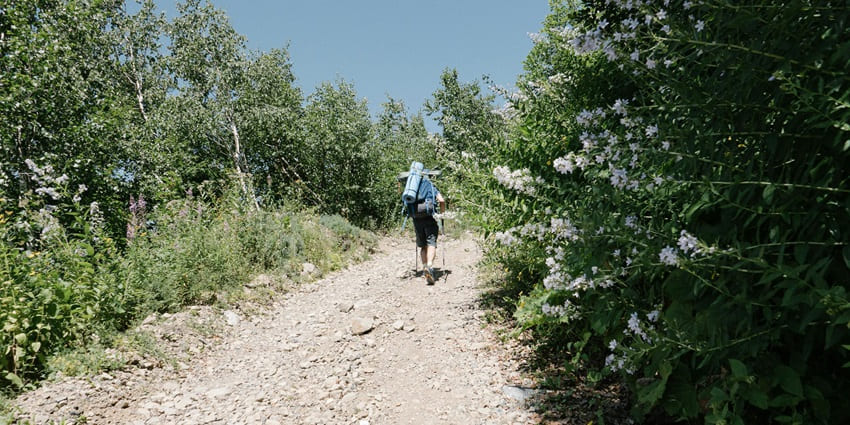
Photo: Darina Belonogova / Pexels / Image For Representation Only
Gaumukh Temple is a revered temple, dedicated to Lord Shiva, located in a wild valley. Surrounded by lush jungles, it also features the idols of Nandi, Lord Vishnu and Rishi Vashisth, along with Lord Shiva. The route to reach the temple consists of around 700 steps from the parking lot and offers scenic views of the lush jungles. The temple offers a serene and calm ambience, ideal for those seeking spiritual serenity. You can climb 15-20 more steps to reach the Vashisth Ashram from the temple.
Timings: 6 AM – 6 PM
Entry Fee: Free
Suggested Read: Temples In Mount Abu To Visit On Your Religious Journey
8. Toad Rock
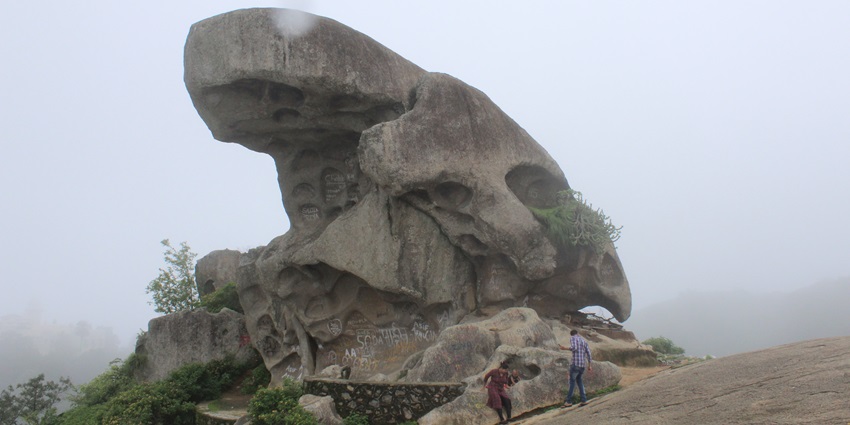
Photo: SUDHIR UPADHYAY JI / Wikimedia Commons
Toad Rock is a famous viewpoint in Mount Abu, offering breathtaking vistas of the surrounding hills and lush greenery. It’s a naturally formed rock in the shape of a toad, and requires a 20-30 minute hike to reach the summit. Visitors can enjoy panoramic views of Mount Abu, including the scenic Nakki Lake, on a clear day. It’s best to visit early in the morning to capture picturesque sunrise views.
Timings: 8 AM – 7:30 PM
Entry Fee: Free
9. Peace Park
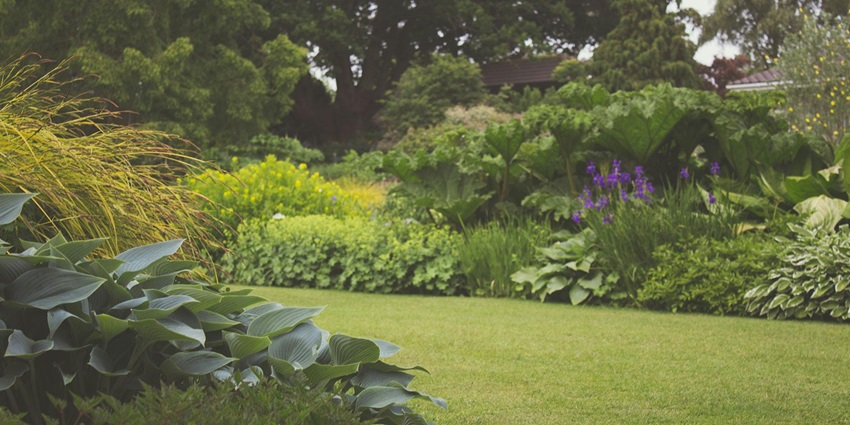
Photo: Creative Vix / Pexels / Image For Representation Only
Peace Park, nestled between the two Aravalli hills of Guru Shikhar and Achalgarh, is a part of the Brahma Kumaris Spiritual establishment. The park features a rock garden, lush greenery and vibrant blooms with a variety of beautiful flowers. Visitors can relax in the serenity, try meditation in specified areas featuring caves or huts and enjoy a guided tour around the park. It’s a perfect place for leisure and meditation, especially for families.
Timings: 10 AM – 12:15 PM; 2 PM – 5 PM
Entry Fee: NA
Suggested Read: National Parks In Rajasthan
10. Doodh Baori
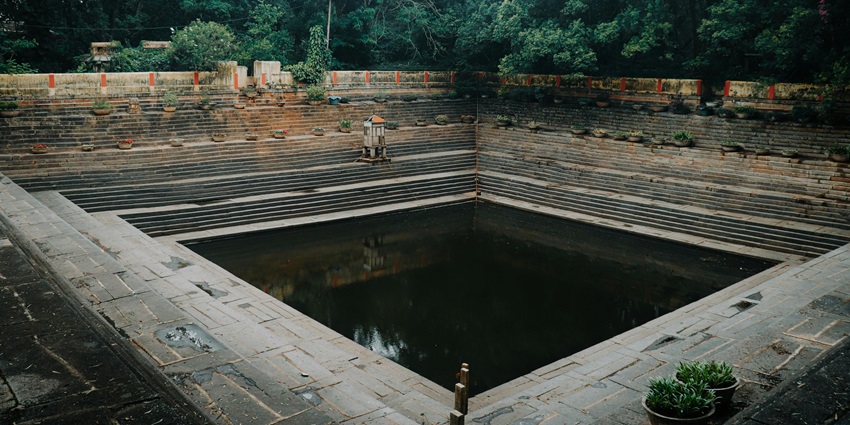
Photo: Keith Lobo / Pexels / Image For Representation Only
Doodh Baori is a historic stepwell, featuring traditional architecture and milky-like water. The well is situated at the footsteps of the Adhar Devi Temple and is a significant stop on the route. There are several legends associated with the well, making it one of the revered religious sites. Locals consider it sacred and seek blessings from the divine. Visitors can explore its intricate designs and enjoy photography of its historic structure.
Timings: 24*7
Entry Fee: Free
Where To Stay
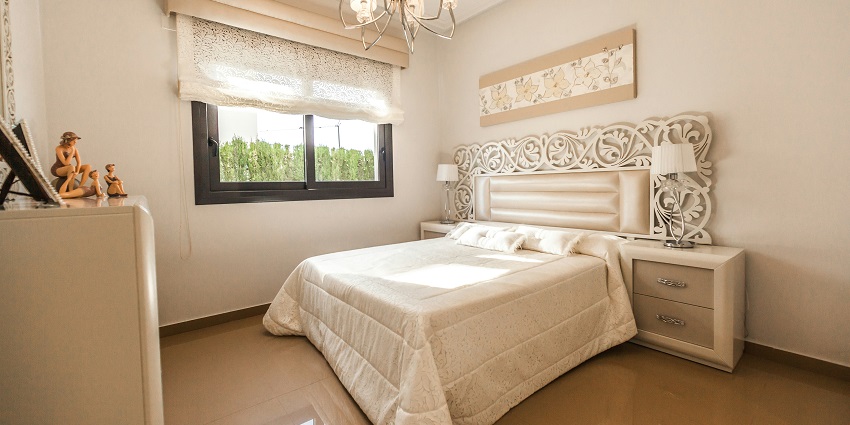
Photo: Frames For Your Heart / Unsplash / Image For Representation Only
Mount Abu offers a wide range of accommodation options to suit every budget. Some popular choices include the luxurious Cama Rajputana Club Resort, Hotel Hillock, and the charming Colonial Manek Manor. For budget travellers, there are numerous guesthouses and mid-range hotels available in and around Mount Abu town. Many of these accommodations offer scenic views of the surrounding hills and are located far from the wildlife sanctuary.
Suggested Read: Things To Do In Mount Abu
Where To Eat

Photo: Marvin Ozz / Pexels / Image For Representation Only
There are plenty of dining options available in Mount Abu. Most hotels and resorts offer in-house dining, serving a mix of Indian, Chinese, and continental cuisines. Some well-known restaurants in the area include Mulberry Tree, which specialises in North Indian cuisine, and Arbuda Restaurant, which offers traditional Rajasthani dishes. Street food stalls near Nakki Lake are also popular, where visitors can savour local delicacies like dal baati churma, gatte ki sabzi, and bajre ki roti.
Best Time To Visit Mount Abu Wildlife Sanctuary
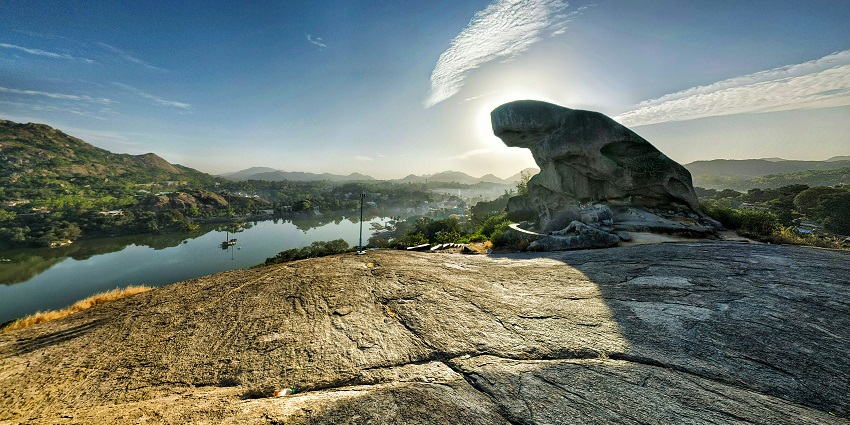
Photo: Karan Gajjar / Unsplash / Image For Representation Only
The best time to visit Mount Abu Wildlife Sanctuary is during the winter months, from October to March. The weather is pleasant, and the chances of spotting wildlife are high during this period. Summers can be quite hot, with temperatures soaring above 35°C, making it less ideal for wildlife excursions. Monsoons bring lush greenery to the sanctuary but can also make certain areas difficult to access.
Suggested Read: Discover Mount Abu Trekking
Other Things To Consider

Photo: That’s Her Business / Unsplash / Image For Representation Only
Average Cost Of The Trip
A typical two-day trip to Mount Abu Wildlife Sanctuary can cost anywhere between ₹8,000 to ₹15,000, depending on the type of accommodation, activities, and transportation chosen. For budget travellers, staying in guesthouses and using local eateries can help keep the cost low, while a more luxurious experience, including stays at premium resorts and private guided tours, can increase the trip cost to around ₹20,000.
Tips For Travellers
- Exploring the sanctuary and nearby attractions involves walking and trekking, so be sure to wear sturdy shoes.
- Birdwatching and wildlife spotting are best enjoyed with a pair of binoculars.
- Be mindful of the wildlife and ensure that you do not litter or disturb the natural habitat.
- Photography is allowed, so don’t forget to capture stunning photos at Mount Abu Wildlife Sanctuary.
- Check the Mount Abu Wildlife Sanctuary timings before visiting to avoid disappointment.
- Safaris and guided tours tend to fill up quickly, especially during peak seasons, so make your bookings ahead of time.
- Rajasthan’s dry climate requires visitors to carry water bottles, especially during treks and outdoor activities.
Suggested Read: Mount Abu Travel Guide
Mount Abu Wildlife Sanctuary is among the must-visit destinations for nature lovers in Mount Abu. It offers a perfect blend of wildlife, scenic beauty, and rich history. With trekking, birdwatching, and captivating spots nearby, it promises an unforgettable experience. Plan your next trip to Mount Abu and book through TripXL for a hassle-free journey filled with adventure and tranquillity amidst Rajasthan’s natural charm!
Cover Photo: Jose Almeida / Pexels / Image For Representation Only


 WhatsApp
WhatsApp
 Twitter
Twitter









